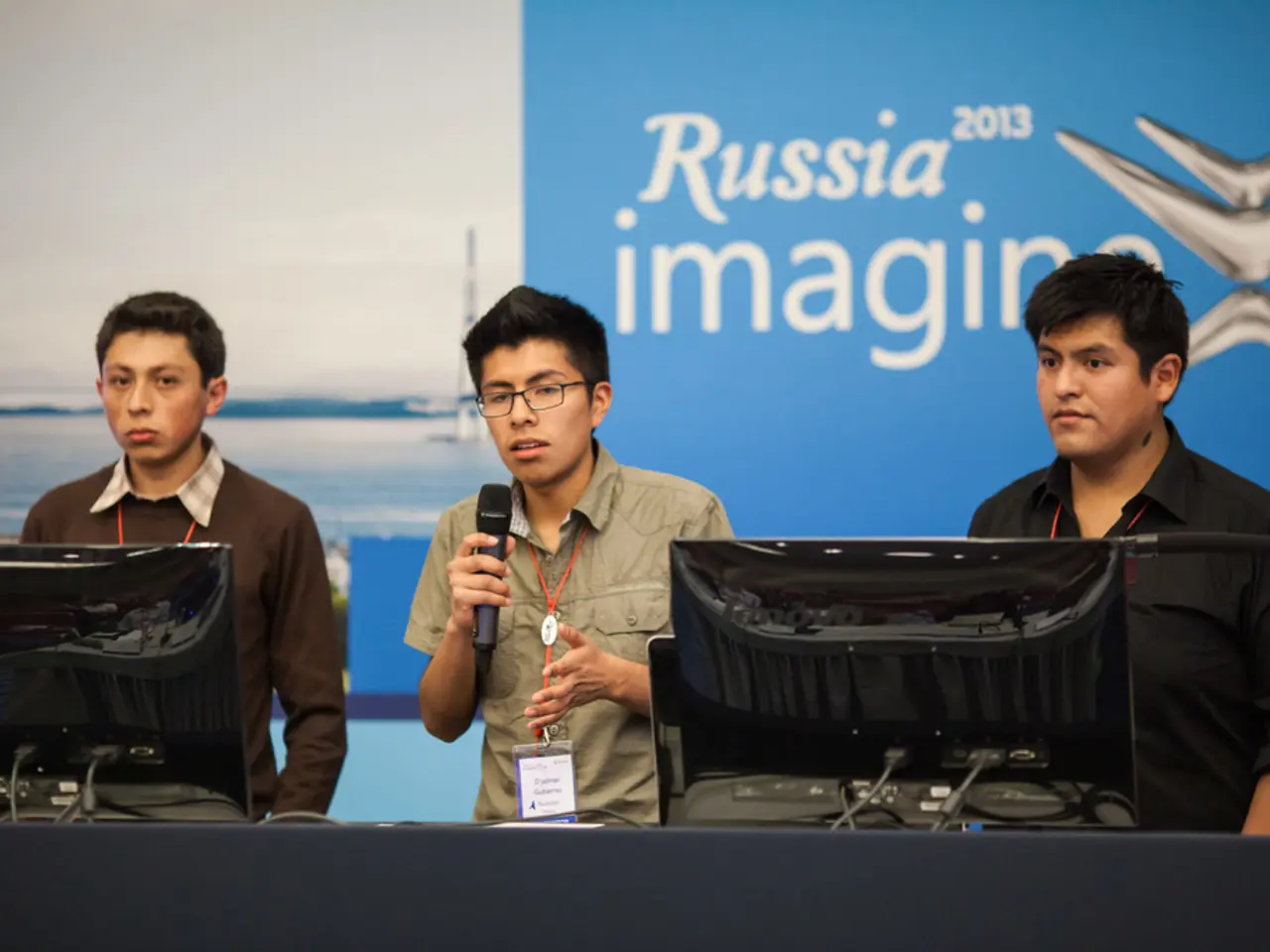Fostering Creativity and Turbulence: Craft the Ideal Setting for Innovative Thoughts
In the realm of idea generation and problem-solving, the conventional approach of brainstorming has long been a popular tool. However, recent studies have shed light on alternative methods that, in many cases, offer more structured, inclusive, and effective solutions.
One such study, published in 2011 by Jennifer S. Mueller, Shimul Melwani, and Jack A. Goncalo, titled "The Bias Against Creativity: Why People Desire But Reject Creative Ideas," highlighted the limitations of group brainstorming sessions. This research was followed by DW Taylor, PC Berry, and CH Block's 1958 study, "Does Group Participation When Using Brainstorming Facilitate or Inhibit Creative Thinking?" published in the Administrative Science Quarterly. More recently, Matthew Feinberg and Charlan Nemeth's 2008 paper, "The 'Rules of Brainstorming: An Impediment to Creativity?'" further underscored the need for change.
Amidst these findings, a variety of alternative methods have emerged. One such method is the Lotus Diagram, a structured approach that starts with one central idea and expands outward into related themes and sub-themes. This method encourages teams to dig deeper, organize thoughts into clusters, and avoid getting stuck on obvious solutions, promoting lateral thinking and ideal for solving layered problems or exploring concepts broadly.
Brainwriting, another alternative, involves participants writing down ideas individually and then passing them on to build upon each other’s thoughts in multiple rounds. This method leads to a comprehensive and diverse pool of ideas, eliminates dominance by louder personalities, and ensures equal participation.
Mind mapping, a visual organization of ideas in hierarchical or network formats, complements brainstorming by structuring ideas and showing relationships, fostering clearer thinking and collaboration. Tools like MindMeister, Coggle, and Bubbl.us support this process.
SWOT Analysis and Analytical Tools provide a framework for generating alternatives by systematically examining strengths, weaknesses, opportunities, and threats, as well as using decision trees and scenario planning to explore options. They are more analytical and data-driven, providing better-informed alternatives than brainstorming alone.
Incorporating relevant data and trend analysis also helps identify promising directions and evaluate the impact of solutions, resulting in more effective problem-solving.
These alternative methods often address some of the common drawbacks of traditional brainstorming by encouraging deeper exploration, equal participation, and organized idea management. They provide structure, inclusiveness, and analytical support, often leading to higher-quality, more actionable ideas.
While traditional brainstorming is valuable for rapid, free-form idea generation, these alternative methods frequently improve results by fostering more comprehensive, equitable, and structured creativity and problem-solving. Choosing the best method depends on the specific problem, team dynamics, and desired outcomes.
It's worth noting that research is often used to gain insights into an area, and the header image for this article is an unknown author's work with unknown copyright terms and licence.
Lastly, the experience of insight is difficult to measure, quantify, and define. Nevertheless, finding something new from research is considered an insight, and these alternative methods offer a promising avenue for unearthing such insights. As Albert Einstein once said, "An empty desk might signify a lack of inspiration," but by employing these alternative methods, we can fill our desks with innovative ideas and solutions.
UI design plays a crucial role in implementing these alternative methods, providing users with intuitive interfaces to navigate and utilize the tools effectively.
Moreover, technology, especially software and digital platforms, enhances these methods by streamlining collaboration, automating idea organization, and offering data-driven insights to guide problem-solving.




